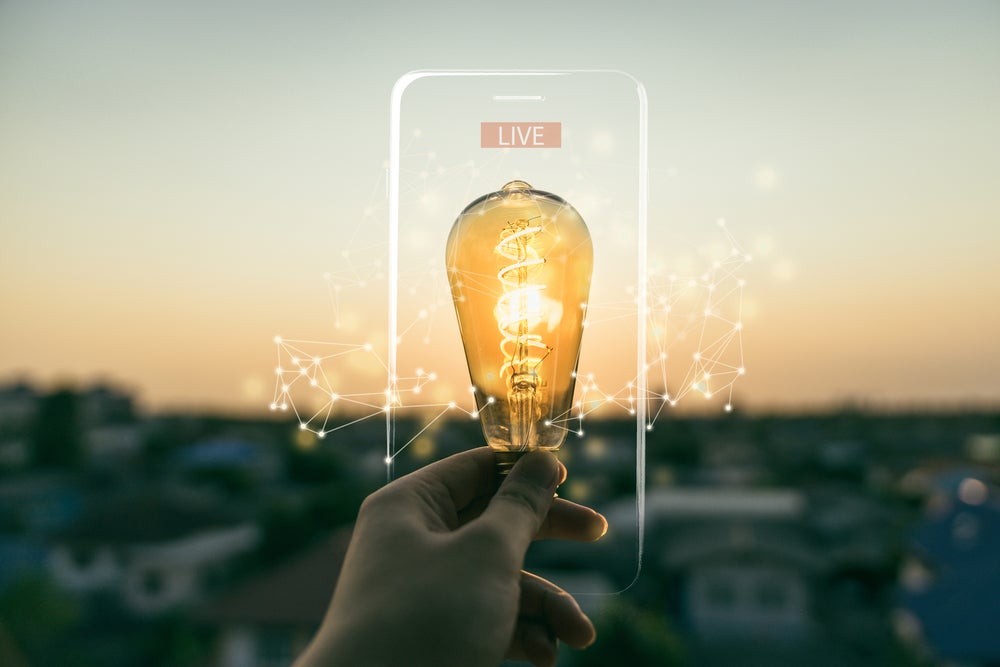
Devices such as smart speakers, wearable devices and smartphones have the potential to be powered by light sources within the home, researchers have found.
Scientists found that one type of material developed for next-generation solar panels could be repurposed to harvest ambient light generated indoors by lightbulbs. Conventional solar panels are not able to harvest this type of light.
Researchers from Imperial College London, Soochow University in China, and the University of Cambridge investigated how ‘perovskite-inspired materials’ can absorb indoor lighting effectively to power electronic circuits.
Although perovskite-inspired materials are safer and more environmentally friendly, they are not as efficient at absorbing sunlight as perovskite materials used in traditional solar cells. However, the team found the potential for harvesting ambient light indoors.
If the technology can be refined and scaled it could replace traditional batteries found within smart devices, which contain chemicals that can be damaging to the environment and can emit toxic gases.
With the number of Internet of Things (IoT) devices increasing, reaching 26.66 billion active devices in 2020, finding new environmentally friendly ways to power them is important.
How well do you really know your competitors?
Access the most comprehensive Company Profiles on the market, powered by GlobalData. Save hours of research. Gain competitive edge.

Thank you!
Your download email will arrive shortly
Not ready to buy yet? Download a free sample
We are confident about the unique quality of our Company Profiles. However, we want you to make the most beneficial decision for your business, so we offer a free sample that you can download by submitting the below form
By GlobalDataCo-author Professor Vincenzo Pecunia, from Soochow University, said that the materials could potentially be processed onto materials such as plastics and fabric, meaning they could be used to power wearables, healthcare monitoring, smart homes, and smart cities.
Co-author Dr Robert Hoye, from the Department of Materials at Imperial College London, said: “By efficiently absorbing the light coming from lamps commonly found in homes and buildings, the materials we investigated can turn light into electricity with an efficiency already in the range of commercial technologies.
“We have also already identified several possible improvements, which would allow these materials to surpass the performance of current indoor photovoltaic technologies in the near future.”
The findings were published in the journal Advanced Energy Materials.
Read More: E.ON launches €250m venture capital platform to transform energy.



